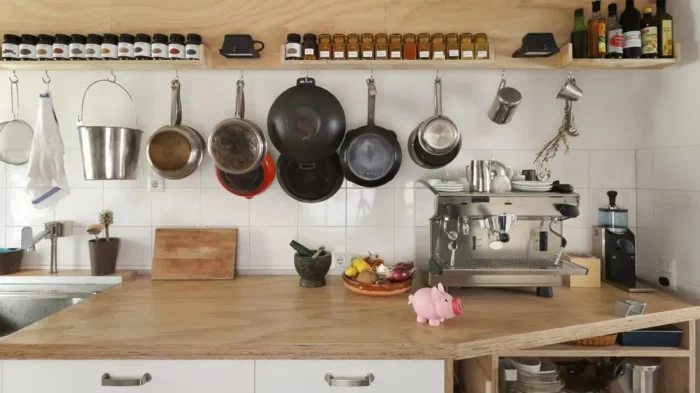While picking out your kitchen cabinets is a fun element of any kitchen renovation, the worktops have the biggest influence. Yes, cabinets give your kitchen a specific look and feel, but since kitchen worktops are placed on a horizontal plane, the eye is drawn there as soon as you walk in the door.
Don’t overlook the worktops because they can make or break a kitchen’s overall design. Before you buy, keep these 7 points in mind.
Table of Contents
1. Take Your Worktop’s Material Into Account
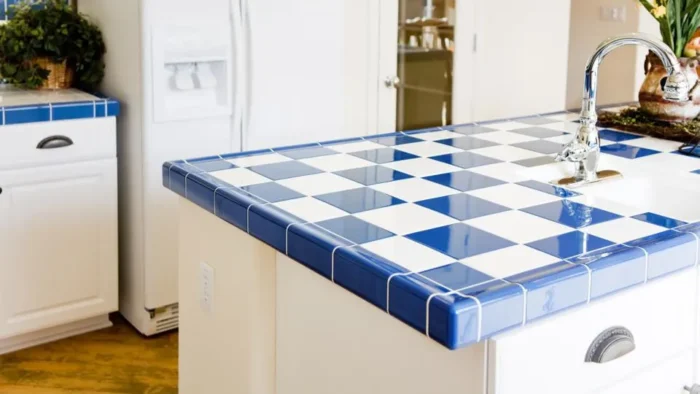
Choosing kitchen worktops requires careful consideration of the material you’ll use. It’s important to choose a material that will satisfy your needs because various materials have various benefits and drawbacks. Worktops can be constructed using a variety of materials.
One of the most popular materials for a kitchen surface is quartz, followed by marble and granite. Granite is a desirable material due to its strength and resistance to fire, but it can be expensive. Even though marble is sturdy, it can still get soiled or scuffed. Quartz is also resilient to heat and abrasion; however, it can be pricey.
2. Select a Look That Is Appropriate for You and Your Family
It’s crucial to think about your demands when selecting a style for your kitchen worktop. Contemporary, traditional, and rustic styles are some of the most well-liked ones. With wood cabinetry and a marble or granite worktop, traditional kitchens frequently have a more traditional appearance. Modern kitchens frequently include sleek cabinets and quartz countertops and are more minimalist in design. And with wooden cabinets and a granite or marble worktop, rustic kitchens have a more natural appearance.
3. Consider How Much Time You Devote to Cooking
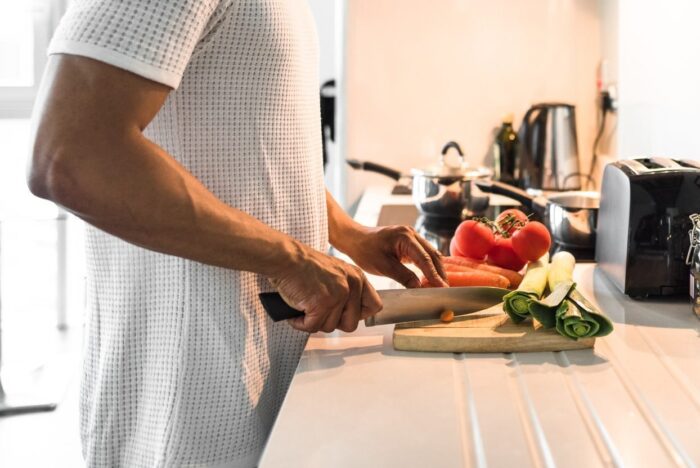
If you invest a lot of time in the kitchen, you might wish to select a heat- and scratch-resistant worktop material. Both granite and quartz are enduring materials, and quartz also withstands heat. Marble is a nice option if you want a more traditional appearance, but it can get damaged or scuffed. Granite or marble are fantastic options if you want a more natural appearance.
4. Choose an Installer to Do It for You
Finding a person who can install your new kitchen worktop is essential. Professionals can assist you in selecting the ideal material and design for your kitchen, and they will also install it for you.
5. Examine Various Designs, Colours, and Textures
It’s crucial to take the style of your kitchen into account when comparing various hues for your kitchen worktops. You might choose to go with a traditional shade for your kitchen. You might choose to go with a more modern color, like grey and white, if your kitchen is contemporary. Additionally, if your kitchen is rustic, you could choose to go with a natural colour like stone or wood.
You should also take your worktop’s texture and pattern into account. Worktops can be constructed using a variety of materials. Marble is particularly well-liked since it is available in many various designs. Quartz is also well-liked since it is available in a wide range of colors and textures.
6. Establish a Budget

It’s crucial to take your budget into account when selecting kitchen worktops. Quartz and granite are two materials that cost more than others. Consider how much time you will spend in the kitchen as well as the type of worktop that will best meet your demands.
7. Maintenance Requirements
The level of upkeep required varies greatly between materials. Granite and marble, while beautiful, need periodic sealing to resist stains and prevent damage. On the other hand, engineered quartz and laminate are virtually maintenance-free, requiring only regular cleaning with mild soap and water. Stainless steel can withstand rigorous cleaning but shows smudge and fingerprints easily. Thus, consider your lifestyle and willingness to maintain the worktop when choosing the material.
8. Durability
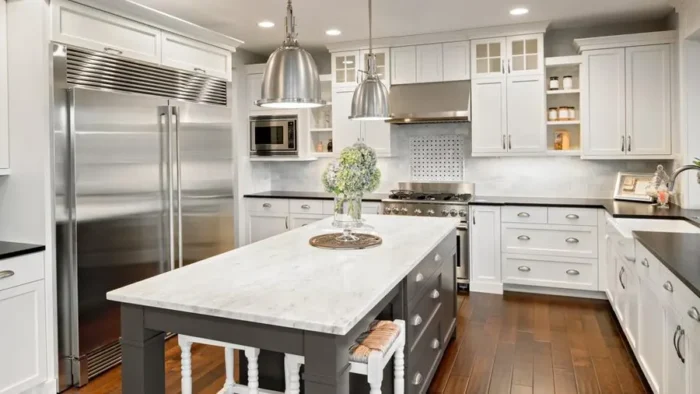
Durability is paramount in a bustling kitchen. Quartz, being engineered with resins, offers superior resistance to scratches and stains, while granite’s natural hardness imparts excellent durability, albeit a bit less than quartz. Laminate and solid surface materials can resist wear and tear but may not fare well against sharp or heavy objects. It’s crucial to weigh each material’s resilience against your kitchen usage patterns.
9. Water and Heat Resistance
Kitchens often deal with hot pans, spills, and high humidity, so your worktop material should withstand such conditions. Granite, quartz, and stainless steel handle heat well, but laminate and solid surfaces can warp or discolor. Most materials, except wood and some types of natural stone, offer good water resistance when properly sealed and maintained.
10. Compatibility with Sink and Appliances
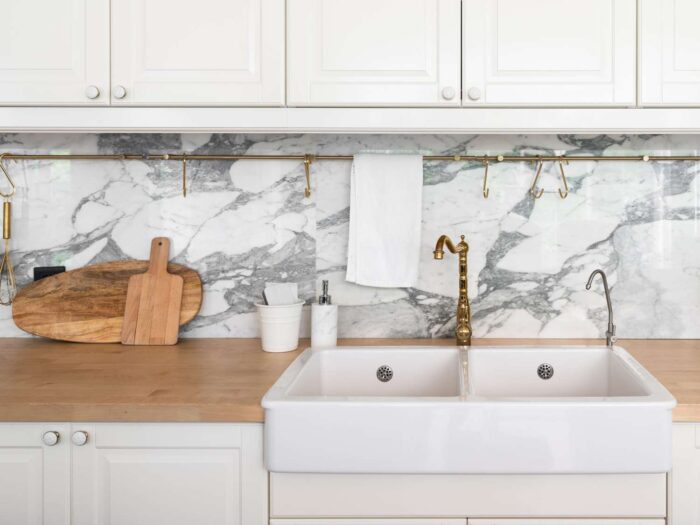
Your chosen worktop material must also be compatible with your kitchen sink and appliances. Under-mount sinks work well with most materials, but laminate typically requires a top-mount sink to prevent water infiltration. Moreover, heavyweight appliances might need a sturdier material like granite or quartz to prevent deformation.
11. Environmental Impact
For those conscious about environmental impact, the choice of worktop material becomes even more significant. Recycled glass and paper composite worktops offer high sustainability, while natural stone has a higher carbon footprint due to quarrying and transportation. Quartz, though engineered, utilizes plentiful natural quartz and offers durability that might offset its manufacturing impact.
12. Seams and Installation
Installation aspects like seam visibility and edge profiles significantly affect the final look of your kitchen. While skilled installers can minimize seams in materials like granite or quartz, they may still be noticeable, especially in lighter shades. Laminate and solid surfaces offer more seamless installations. The potential for various edge profiles also varies with material, adding another layer to your decision-making process.
13. Long-Term Value
Last but not least, consider the long-term value and return on investment. While granite and quartz might have higher upfront costs, their durability and appeal can significantly enhance your home’s resale value. On the other hand, less expensive options like laminate might not offer the same return but could be perfect for a tighter budget or less-used kitchen.
Conclusion
Bottom line is, choosing the right kitchen worktop material is a blend of practicality, beauty, budget, and personal preference. Armed with the right information, you can make a decision that you’ll be happy with for years to come. With everything we have listed above, you’ll agree that the margine for error is small if not non-existent.

